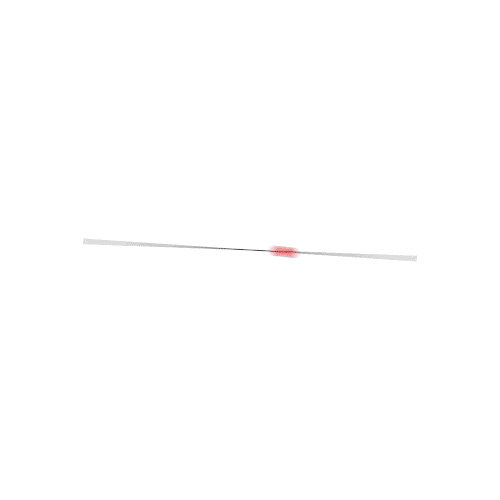Hiei was a Japanese battlecruiser, the keel of which was laid in 1911, launched in November 1912, and commissioned in the Imperial Japanese Navy in August 1914. The total length of the ship was 222 meters, width 29.3 meters, and a full displacement of 38,900 tons. The maximum speed of the Hiei battleship was around 29-30 knots. The main armament at the time of the launch was 8 356 mm guns in four turrets, two guns each, and the secondary armament was mainly 14 152 mm guns. Hiei was the second of four Congo-class battleships. The unit was the first in the series to be built at the Japanese shipyard in Yokosuka, but with the use of many elements imported from Great Britain. In the interwar period, Hiei underwent numerous reconstructions. The first of them, from the mid-1920s, focused on the reconstruction of the front superstructure, which took the shape of a Japanese pagoda. In the period 1929-1933, in connection with the disarmament systems, Hiei was converted into a training artillery ship. e.g. by reducing the power of the engine room or weakening the armor. However, at the end of the 1930s, when Japan entered the path of intensive naval armaments Hiei, the potential of a real battleship was restored. Hiei's combat career in World War II began with the attack on Pearl Harbor (December 1941), during which he was part of the forces protecting Japanese aircraft carriers. In early 1942, he covered the occupation of Rabaul. In April 1942, he also took part in the famous rally of the Japanese fleet to the Indian Ocean, and later - in May this year - he covered the forces fighting in the Aleutian region. Hiei was sunk on November 13, 1942, in the Battle of Savo Island in the Guadalcanal Battle.


